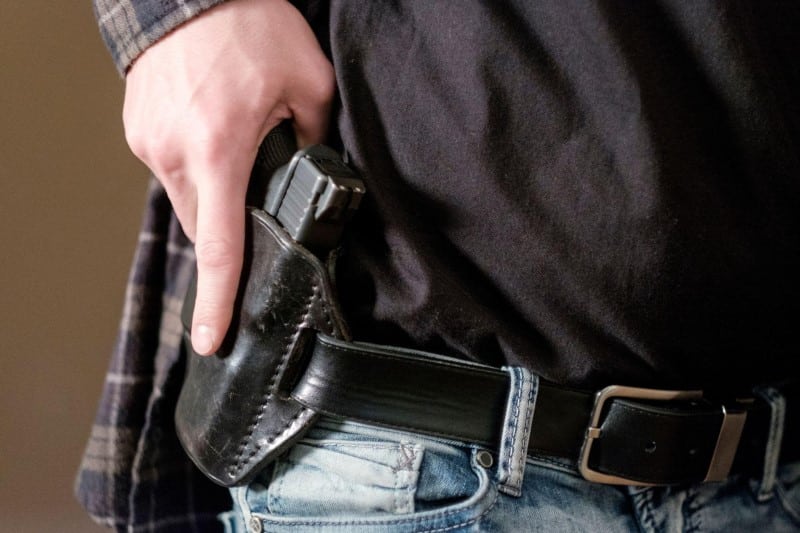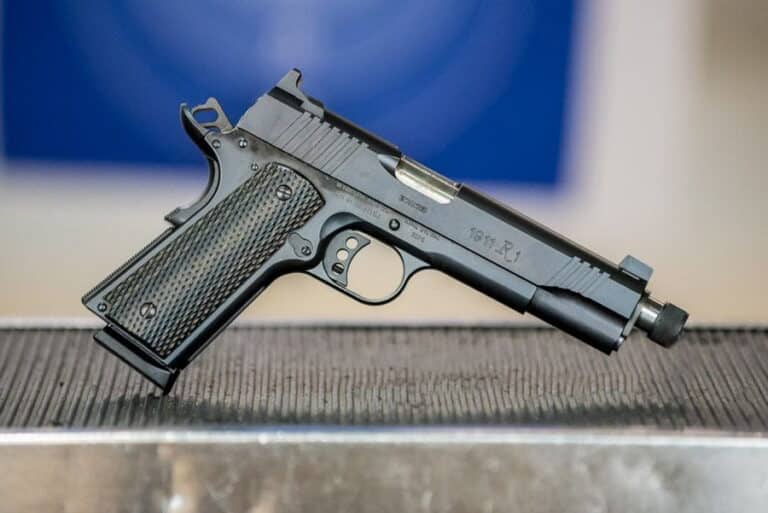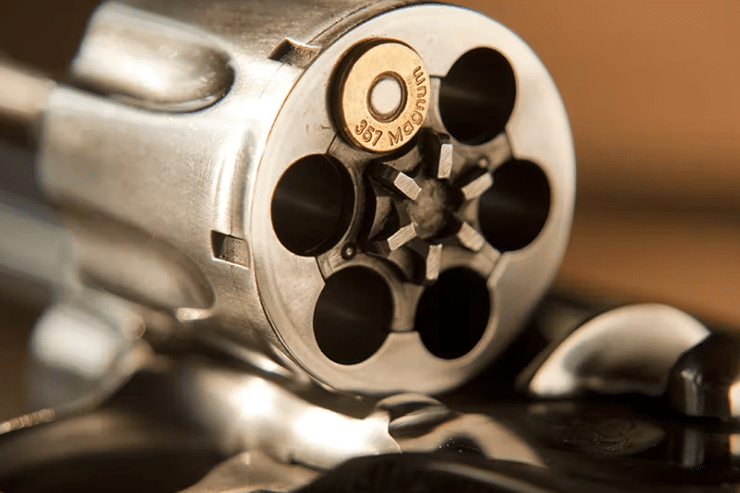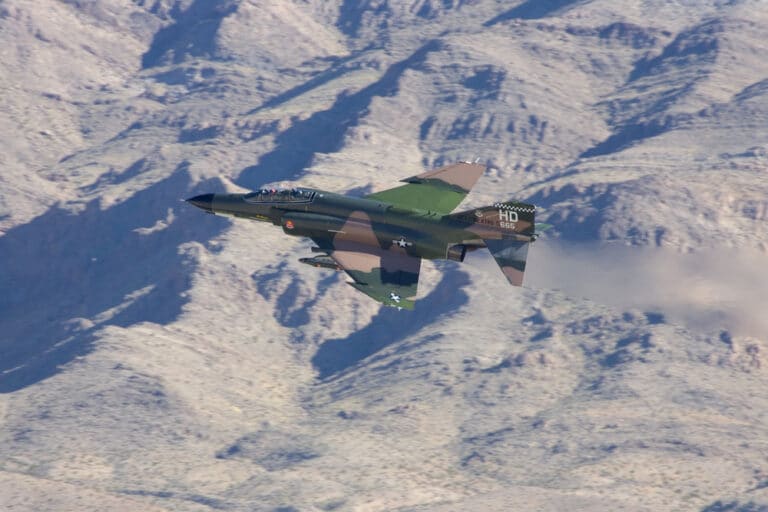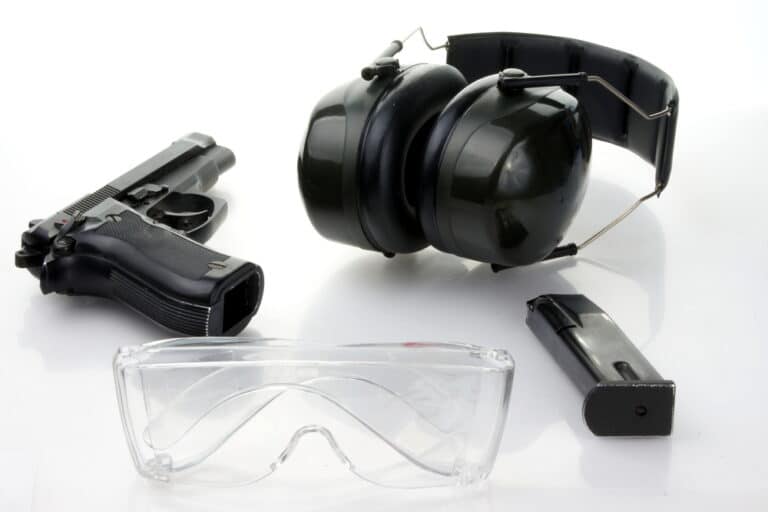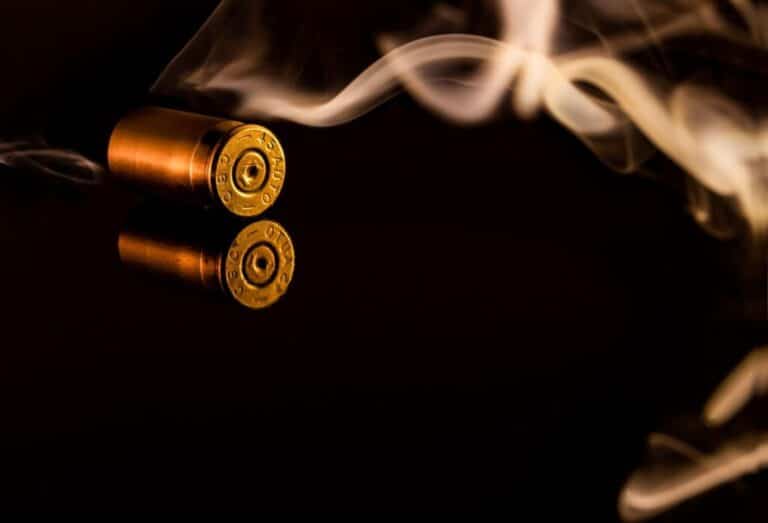What Position Is Best for Concealed Carry?
Many people don’t know the best position for a concealed carry firearm, so they shove it in their bag, purse, or pocket. This not only makes it easy to get exposed while carrying a gun, but it also makes it more likely that an accident will happen because the gun isn’t properly secured on your body.
Knowing the best concealed carry positions will keep your firearm secure while also being discreet. Here are the best positions for concealed carry and what to consider when choosing.
Factors To Consider
The three main factors to consider for concealed carry positions are concealability, accessibility, and comfort. A combination of all these elements will make it easier to grab your firearm when you need it, make the firearm inconspicuous to bystanders, and make you feel comfortable.
Concealability
Your body type and clothing choices are the main factors to consider for concealability. If you have a small frame and a large weapon, it will be hard to conceal your firearm.
Choose clothing that strikes a good balance between fit and loose. Anything too tight-fitting will make your firearm easy to spot, but sometimes, loose clothing can expose your weapon if you bend over.
Also, consider that the holster will make a difference based on your chosen position. A holster that integrates with your clothing, like an inside-the-waistband (IWB) option, will be better than one that keeps your firearm on the outside of your waistband.
Accessibility
Your typical movements and lifestyle will affect how easy it is to move around and get ahold of your firearm.
Active people need more flexible options that don’t get in the way of their daily movement. If you’re going on long walks or like to fish a lot, an off-body carry may make more sense.
You also need to consider how easy it is to reach your firearm when you are standing or sitting. These are the most common positions your body will be in, so finding an accessible firearm placement in these spots will take care of most of your scenarios.
Comfort
Ensuring your firearm works logistically for your environment is helpful, but you also need it to be comfortable when wearing it all day long.
It is important to have a holster that fits comfortably on your body without creating pressure points. You also want the materials of your holster to be easy on your skin without irritating it.
If you forget you have a firearm on throughout your day, then you are doing it right. The holster needs to be tight enough to stay in place without cutting off your circulation or making you uncomfortable.
Different Positions for Concealed Carry
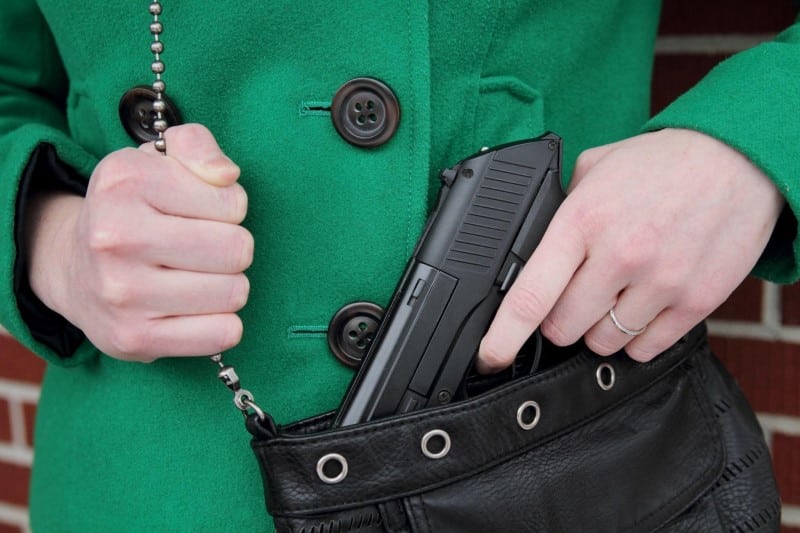
After considering several factors, you’ve narrowed down the position you’re looking for; now, it’s time to learn about the exact types of positions you should try.
Appendix Carry
Appendix carry, or the 1 o’clock position, places the firearm at the front of your body, typically just to the right or left of your belly button. Where exactly it’s placed depends on your dominant hand. Left-handers will keep the firearm slightly to the left at 11 o’clock, and right-handers will keep it at the 1 o’clock position.
The appeal of the appendix carry position is its accessibility. Being at the front of your body lets you easily reach for it at any time without fumbling.
But the position doesn’t make sense for everyone. People who bend over a lot will have extra pressure on their abdomen.
IWB Hip Carry
As mentioned earlier, the inside-the-waistband (IWB) carry positions the firearm inside the waistband of your clothes. Usually, this position is aligned with the 3 to 4 o’clock position on a clock but will be on your waistband instead.
This is one of the better-concealed positions. The firearm is tucked away and can be easily covered with regular T-shirts or sweatshirts.
It’s a very intuitive and accessible position, but it can be uncomfortable if you’re sitting for a long period of time. It can also be harder to reach your firearm during some situations.
Modified IWB Hip Carry
The modified IWB hip carry positions the firearm slightly behind your hip, typically at the 4 to 5 o’clock position on your body around the kidney area.
The main reason people choose this position over the regular IWB hip carry is the extra concealment. Since it’s closer to the small of your back, very few people will notice.
Although it is more difficult to reach in dire situations — it can take more coordination since you can’t actually see your firearm but have to feel around it. With this carry position, it’s best to practice pulling and holstering your weapon at home.
Pocket Carry
Pocket carry involves placing a small firearm in a pocket, making it ideal for those who prefer minimal visibility and easy access.
Unless you have big pockets, your firearm will need to be small enough to fit into your pocket without giving off alarms.
So, while this position is effective for easy access, it doesn’t offer you a ton of flexibility.
Off-Body Carry
Off-body carry involves storing your firearm in a bag or purse, such as a fanny pack or sling bag.
One of the main advantages of this carry method is the ability to choose stylish and inconspicuous options while still getting full concealment.
A significant disadvantage is the huge delay in accessing your weapon. In emergencies, retrieving a firearm from a bag may take precious seconds, which can be the difference between your personal safety or injury.
Not Recommended Positions for Concealed Carry
The positions outlined above are your ideal choices for any situation and environment. The ones below, however, should be avoided at all costs because they put you and everyone around you in jeopardy.
Ankle/Boot Carry
Ankle or boot carry may seem like a concealed option, but it has a few glaring discrepancies that make it unsuitable for concealed carry.
Accessing a firearm in this position is awkward and takes some wrangling, costing you valuable seconds, which could delay your response in dangerous situations.
Also, the weight of the firearm can cause it to move around, making it uncomfortable and potentially exposing your weapon.
Bra Carry
Even though the bra carry position is very discreet, and few people will notice the firearm, it’s one of the worst positions for accessibility.
Since the firearm will be resting right on the sternum, your hand needs to make a large motion to get to the firearm and pull it out of the holster.
Not only could this cause a potential accident, but it will also cost you valuable seconds and make it extremely obvious you’re trying to reach for something.
Outside the Waistband Carry (OWB)
Outside the waistband (OWB) carry involves positioning the firearm on the outside of your clothing, typically on your hip.
This makes it incredibly easy to access but is terrible for concealment. The firearm will stick out like a sore thumb unless you live in a cold environment where you always wear a jacket or coat.
You’ll receive unwanted attention, and there won’t be much concealment from this position.
Small of Back Carry
While the small of the back (6 o’clock position) is a very concealed area, it makes reaching your firearm extremely difficult. You need to fully reach behind your body to access the firearm, and you need great coordination to grab it and remove it from the holster immediately.
This will slow down your reaction times in emergencies. You also risk injury if you were to ever fall on your back and the firearm presses against your spine. For these reasons, it’s best to avoid the small back carry.
Where Is the Best Place To Conceal Carry?
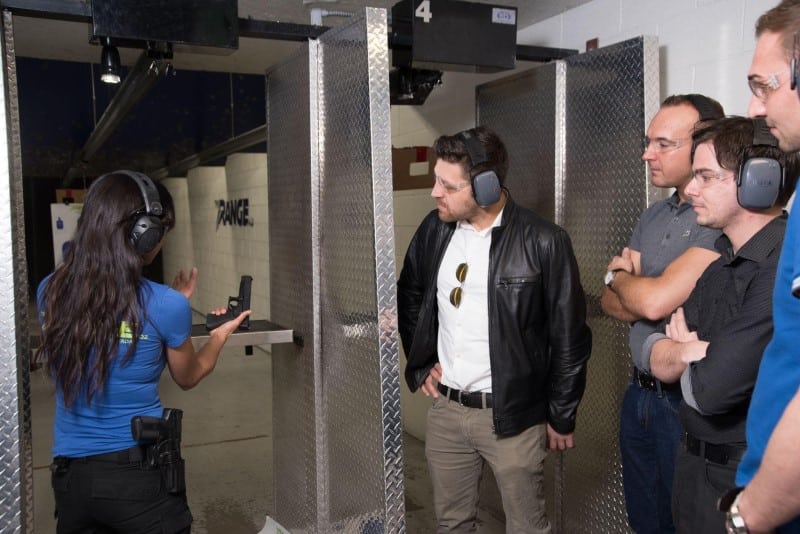
The best place to carry a concealed pistol is inside the waistband (IWB) at the 3 to 4 o’clock position.
This location makes it easy to conceal from others, keeping the firearm hidden under clothing with minimal printing.
The IWB position also offers easy access, allowing for a quick draw when necessary. It’s a practical choice as it aligns well with natural movements.
What Is the Best Carry Position for a Woman?
For women, the best place for a concealed weapon may vary based on personal preference and body shape.
However, some recommended options include the appendix or hip carry positions, as they provide ease of access and minimal printing.
Women need to try different positions and holsters to find what works best for their individual needs and comfort.
The Best Positions for Concealed Carry
There are plenty of concealed carry positions that will work for firearms of any size. The position you choose will match the factors you consider and your own personal preferences. Make sure to practice with your chosen position and holster so you are comfortable and confident in accessing your firearm when it matters most.

